Tuesday, September 18th, 2007 5:20 pm
Contributed by: Robert Payo
Kimberly Lightle, Principal Investigator for the Middle School Pathway  developed by The Ohio State University College of Education and Human Ecology, has been awarded a grant from the National Science Foundation International Polar Year (IPY) Program (DRL-0733024) to collaborate with teams from Ohio State University, National Science Digital Library Core Integration, the Byrd Polar Research Institute, and the Center for Science and Industry (COSI) Columbus to develop an online magazine entitled Beyond Penguins and Polar Bears: Integrating Literacy and IPY into K-5 Classrooms.
developed by The Ohio State University College of Education and Human Ecology, has been awarded a grant from the National Science Foundation International Polar Year (IPY) Program (DRL-0733024) to collaborate with teams from Ohio State University, National Science Digital Library Core Integration, the Byrd Polar Research Institute, and the Center for Science and Industry (COSI) Columbus to develop an online magazine entitled Beyond Penguins and Polar Bears: Integrating Literacy and IPY into K-5 Classrooms.
Beyond Penguins and Polar Bears aims to maximize the impact of International Polar Year research on elementary classrooms by capturing student interest and fostering the ability of K-5 teachers to integrate polar concepts into their teaching by 1) selecting, augmenting, and contextualizing quality learning resources from the National Science Digital Library, the Ohio Resource Center, and other IPY-funded projects; 2) creating 20 issues of a multimedia cyberzine with a combined focus on inquiry-based science and content-rich literacy learning; 3) developing communication, production, and cyberinfrastructure tools that amplify resource discovery and access to resources, and increase the ease of reuse and repurposing of content; 4) disseminating deliverables through presentations, publications, and push technologies; and 5) evaluating the impact of project deliverables on teachers and students.
Lightle came up with the idea for the project because she noticed that while appealing images of polar bears and penguins are popular culture icons appearing in everything from blockbuster movies, soft drink commercials to zoo advertising, people of all ages seem stumped by the riddle: “Why don’t polar bears eat penguins?” Both animals are associated with snow and ice and the poles; but few people seem to be aware that penguins and polar bears live at opposite ends of the earth. Lightle believes that this lack of simple knowledge about where these well-known animals live reflects a shallow understanding of polar environments.
The Polar regions are sometimes viewed by scientists and the general public as the “canary in a coal mine” of global warming as reports about shrinking ice and threats to animal populations are reported in the news. Among the goals of International Polar Year research as envisioned by the U.S. Committee to the International Polar Year is to bring scientists from many countries and multiple disciplines together to make objective sense of investigations and information about the polar regions while educating and exciting the public. The last such initiative occurred 50 years ago during the 1957-58 International Geophysical Year that involved 80,000 scientists from 67 countries.
An interdisciplinary team from Ohio State University (OSU), College of Education and Human Ecology; the Ohio Resource Center (ORC) for Mathematics, Science, and Reading; the Byrd Polar Research Center; COSI (Center for Science and Industry) Columbus; and the National Science Digital Library (NSDL) Core Integration team at Cornell University and University Corporation for Atmospheric Research (UCAR) will work together to accomplish the goals of this project. Content and education specialists from OSU, ORC, Byrd Polar, and COSI will be responsible for creating content as well as adapting and contextualizing existing content. The NSDL Core Integration team will be responsible for the technology tools and dissemination strategies and activities. The Evaluation and Assessment Center at Miami University, Oxford, OH will conduct all project evaluation.
This project will increase the science and polar literacy of students and teachers by increasing the amount and quality of science teaching that occurs in K-5 classrooms. A limited set of highly generative and powerful discipline specific concepts, such as Ice, Conservation, Biomes, and Populations, will be the focus of each issue of the cyberzine. The project will be interdisciplinary in scope and occur during the International Polar Year (IPY) period. It will also develop the cyberinfrastructure that will allow other developers to tap into a wealth of IPY resources through the development of an IPY Learning Objects Repository.
All content of the cyberzine will be modeled after the research generated through the NSF-funded Seeds of Science/Roots of Reading project. New content will be developed based on developmentally appropriate, learning progressions. Elementary grades teachers are the focus of the project. The elementary grades are a critical time in child development to establish important foundational process skills.
One of the departments in the cyberzine will address ideas and strategies to ensure equity for all students, with a focus on addressing the needs of underrepresented groups (e.g., students with special needs and those from linguistically and culturally diverse communities). The project takes advantage of existing National Science Digital Library (NSDL) 2.0 semantic web infrastructure. Project deliverables will be disseminated through presentations, publications, and digital libraries. The results of all evaluation efforts will be shared nationally through the cyberzine, conferences, and presentations. For more information, contact Kimberly Lightle (lightle.16@osu.edu) or Carol Minton Morris (clt6@cornell.edu).
 has launched eLucy
has launched eLucy , a new site that supports Lucy’s American tour. “Lucy” is a partial skeleton of a 3.2 million-year-old Australopithecus afarensis. Evolutionary biologists consider the bones among the most important clues to the origins of the human race. Lucy almost certainly walked upright and had several other human characteristics but possessed a small, ape-like brain. Since she was discovered in 1974, she has come to represent a crucial link between people and other primates.
, a new site that supports Lucy’s American tour. “Lucy” is a partial skeleton of a 3.2 million-year-old Australopithecus afarensis. Evolutionary biologists consider the bones among the most important clues to the origins of the human race. Lucy almost certainly walked upright and had several other human characteristics but possessed a small, ape-like brain. Since she was discovered in 1974, she has come to represent a crucial link between people and other primates.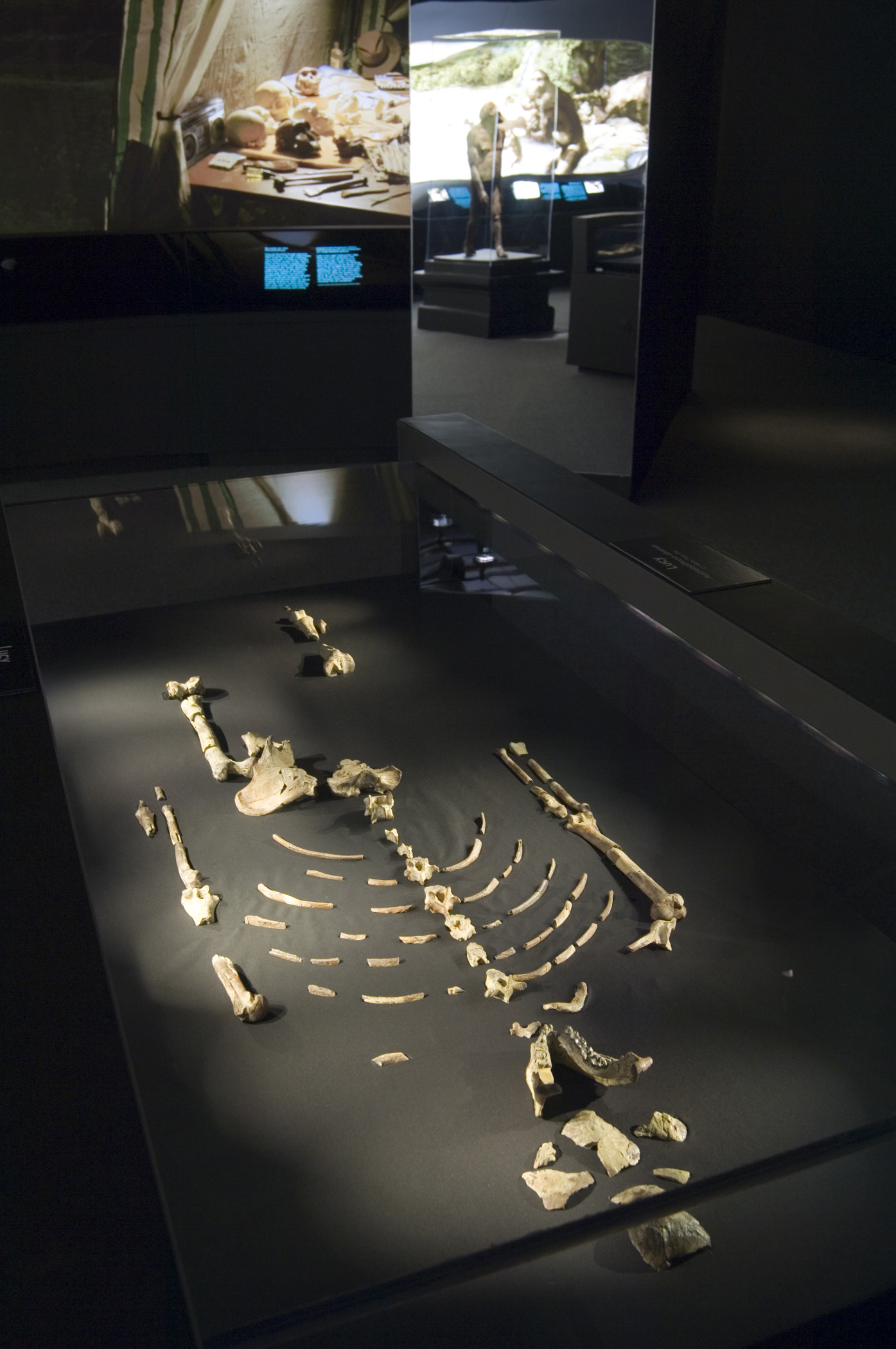
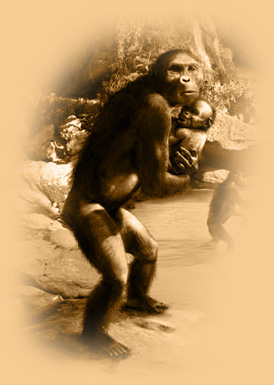 The six-year tour has been controversial because the bones are extremely fragile, and several scientists involved in the discovery of Lucy have said that the bones should not be moved from their permanent home at the National Museum of Ethiopia. But the exhibit’s opening at the Houston Museum of Natural Science last September drew huge crowds, and its six-year tour of the U.S. will be an important opportunity for teachers of comparative anatomy.
The six-year tour has been controversial because the bones are extremely fragile, and several scientists involved in the discovery of Lucy have said that the bones should not be moved from their permanent home at the National Museum of Ethiopia. But the exhibit’s opening at the Houston Museum of Natural Science last September drew huge crowds, and its six-year tour of the U.S. will be an important opportunity for teachers of comparative anatomy.
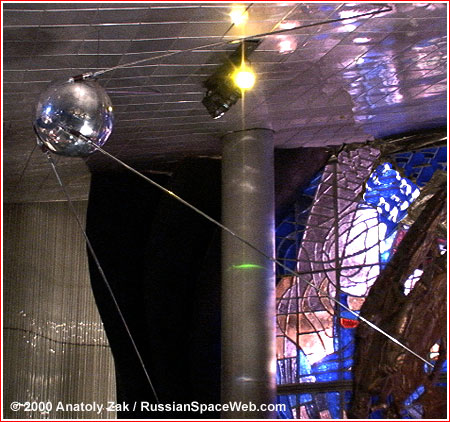
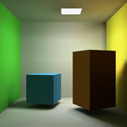
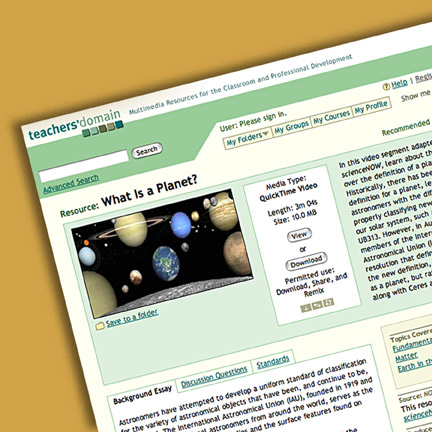

Posted in Topics: General
No Comment »